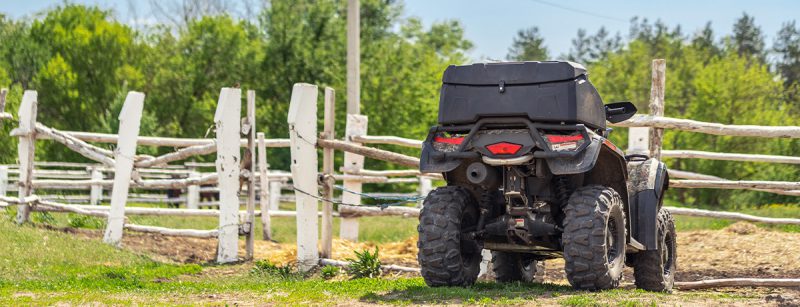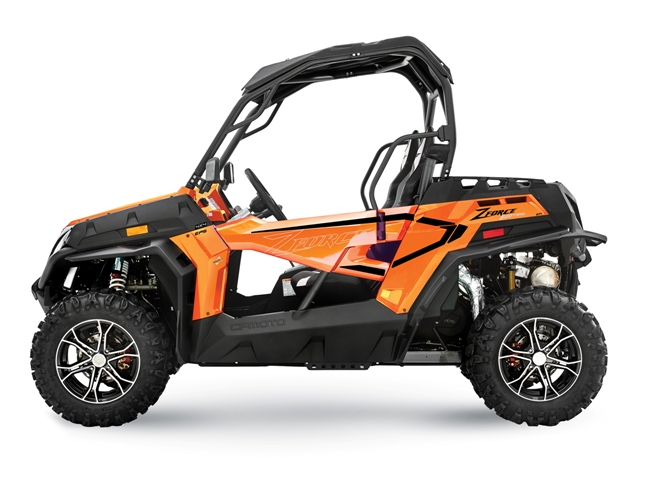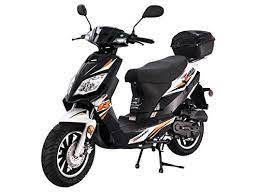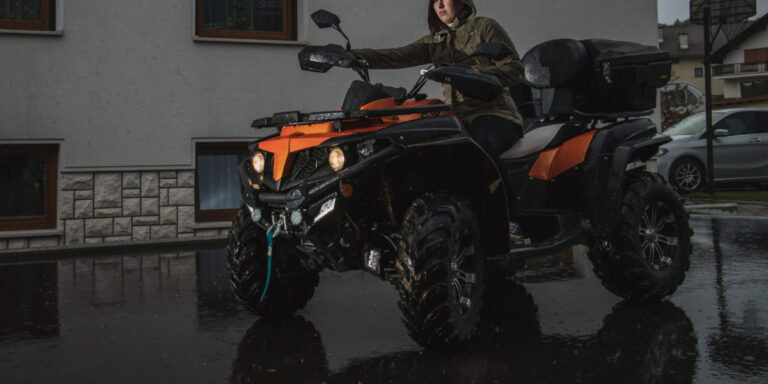5 Factors to Consider When Buying an ATV or UTV for Farm Work
5 Factors to Consider When Buying an ATV or UTV for Farm Work

While ATVs and UTVs are fun to race through the trails, these dynamic machines are also excellent tools for anyone who works on a farm. From plowing fields to herding livestock, many farmers and ranch hands rely on utility vehicles to tackle a hard day’s work. If you’re shopping for a hard-working vehicle, express wheels has come up with five factors to consider when buying an ATV or UTV for farm work.
1. Towing Capacity
An ATV or UTV can make towing hay across your farm easier. When you’re shopping for an off-road vehicle, pay close attention to the model’s towing capacity. It’s important to choose a four-wheeler or side-by-side with the towing capacity that can best carry out your farm duties. Most full-size quads can tow between 600 and 1,500 pounds. However, towing more than your off-roader can handle might damage the vehicle’s suspension and frame.
2. Cargo Capacity
In addition to towing materials behind your ATV or UTV, you should also consider how much weight can be put directly on your vehicle. Whether you’re moving feed bags or hundreds of pounds of supplies, you need to make sure your farm-work vehicle can handle the weight.
While you’re looking at the towing capacity, also make note of the cargo capacity. There are limits for how much weight a quad’s cargo racks can hold. Many full-size ATVs and UTVs can carry between 500 and 600 pounds between the front and rear racks. Increasing the weight beyond the cargo capacity can increase your risk of tipping over, especially on rough terrain or hills.
3. Engine Displacement
Whether you’re using an off-road vehicle for work or play, engine displacement, or engine size, is something most riders compare. For tackling farm work, an ATV or UTV that’s at least 500cc can handle hard trail riding as well as heavy work loads.
Choosing a four-wheeler or side-by-side with a higher displacement means more speed and power, so it’s important to only allow experienced riders to operate this kind of vehicle.
4. Two- or Four-Wheel Drive
Most ATVs and UTVs are four-wheel drive, also known as AWD or 4WD, while most sport, racing, and youth quads are two-wheel drive (2WD). When deciding which you want in an off-road vehicle, you have to think about how you’ll be using the quad and the type of terrain you’ll be riding on.
4WD are generally stronger, heavier in weight, and offer more stability. With 4WD, you have more control when driving up and down hills and over obstacles. You also have better traction when riding on muddy or snow-covered terrain.
2WD typically makes the vehicle lighter and less expensive. With a 2WD quad, you can make tighter turns and better maneuver through narrow spaces. Having a vehicle equipped with 2WD might be beneficial if you’re catching young, brisk cattle to tag.
If you can’t decide between the two, most modern 4WD ATVs have a button that lets you toggle between 2WD and 4WD, based on the terrain you’re riding on.
5. Attachments
If you want to make your ATV or UTV more versatile, you can use attachments to knock out even more farm chores. Plow fields, spray crops, mow grass, spread seed, and more with ATV attachments.
You can either buy attachments from your off-road vehicle’s manufacturer or use a universal mounting kit to add any brand of attachments. Just make sure your four-wheeler or side-by-side has the engine displacement to handle the work.
Today’s farmer has many uses for ATVs and UTVs on the farm. Put the power and functionality of off-road vehicles to work for you, getting your farm duties completed faster and more efficiently.
Ready to find the best off-road vehicle for your farm? Start shopping the nationwide inventory of new and used ATVs and UTVs on expreswheels.com







